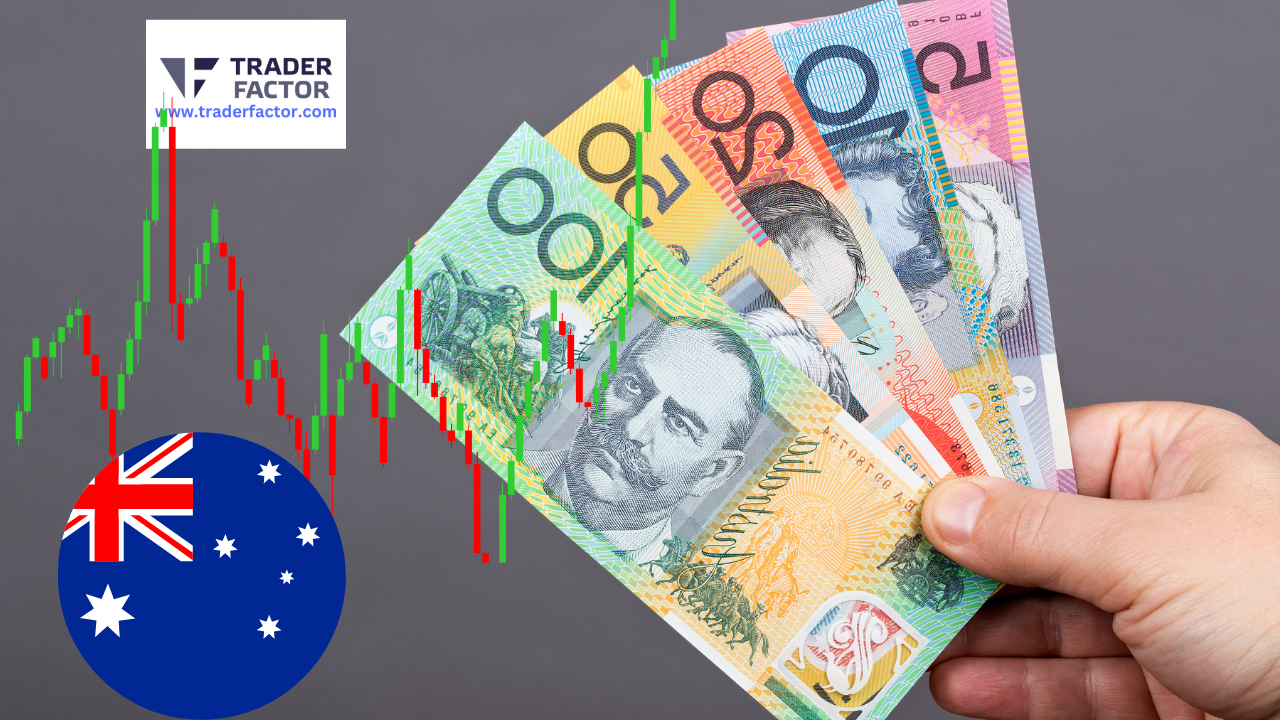RBA’s Decision Boosts AUD
The Australian dollar has been recovering some of its recent losses in the wake of a decision by the Reserve Bank of Australia (RBA) to hold off on rate cuts. Despite a slump in fourth-quarter inflation to 0.6%, the bank maintains a cautious stance due to the uncertainty surrounding the timing and path to a 2% inflation rate. The near-term growth forecasts were also downgraded due to a less optimistic consumer spending outlook.
RBA’s Stance on Interest Rates
In their first policy meeting of the year, the RBA held interest rates at a 12-year high of 4.35%, while keeping the door open for another rise if necessary. The market had heavily bet on a steady outcome since inflation had eased more than expected in the fourth quarter. However, the RBA’s statement indicated a lack of confidence in inflation being on a sustainable path towards its 2%-3% target.
Market Reaction to RBA’s Statement
The relatively hawkish tone of the central bank’s statement led to a boost in the Australian dollar and pushed back the likely timing of the first easing to September from August. The Australian dollar increased by 0.4% to $0.6512, reaching an 11-week high from an overnight low of $0.6469. Three-year bond futures fell by 5 ticks to 96.3, and markets shifted their expectations for the first cut to September, adjusting from August prior to the RBA statement.
Balancing Act: Interest Rate Risks
Since May 2022, the RBA has increased interest rates by 425 basis points to control persistent high inflation. Despite inflation dropping to a two-year low of 4.1% in the fourth quarter, it remains well above the target. Concurrently, the economy has slowed down significantly, the labor market has begun to slacken, and consumer spending continues to be weak due to cost of living pressures and high mortgage rates.
Expert Opinions and Global Trends
Gareth Aird, CBA’s head of Australian economics, predicts that the RBA will not act on its bias towards rate hikes, anticipating the first rate cut to arrive in September. He believes that for this to happen, the unemployment rate would need to rise faster than the RBA expects, and inflation would have to fall more rapidly. This trend is in line with several other central banks that are resisting pressure for early cuts. The resilience of the economy and hawkish comments from the Federal Reserve have recently led investors to postpone the start of U.S. easing from March to June.
AUD/USD Intraday Analysis: Bullish Momentum on the Rise
The AUD/USD pair is currently experiencing an uptick, with a prevailing upside trend. This comes after the Reserve Bank of Australia’s (RBA) decision to hold interest rates steady, which has subsequently led to a strengthening of the Australian dollar.
The Australian Dollar traded around 0.6490 on Tuesday, positioned below the resistance level of 0.6500. A potential breach above this level could serve as a significant boost for the currency pair.

For investors looking to capitalize on this upward momentum, the recommendation is to buy at an entry price (pivot) of 1.3390. Target and take profit levels are set at 0.6520 and 0.6540 respectively, with a risk of 2% per trade. This analysis is based on intraday movements in the spot market.
The Relative Strength Index (RSI), a popular momentum oscillator, shows upside momentum for the AUD/USD pair. The RSI is a tool used by traders to identify whether a market is overbought or oversold. An increasing RSI indicates that the market may be gaining strength.
It’s important to note that while the AUD/USD pair is showing an upside trend, investors should keep an eye on market conditions and adjust their strategies accordingly. As always, it’s crucial to consider the inherent risks associated with currency trading.
Disclaimer:
All information has been prepared by TraderFactor or partners. The information does not contain a record of TraderFactor or partner’s prices or an offer of or solicitation for a transaction in any financial instrument. No representation or warranty is given as to the accuracy or completeness of this information. Any material provided does not have regard to the specific investment objective and financial situation of any person who may read it. Past performance is not a reliable indicator of future performance.

















